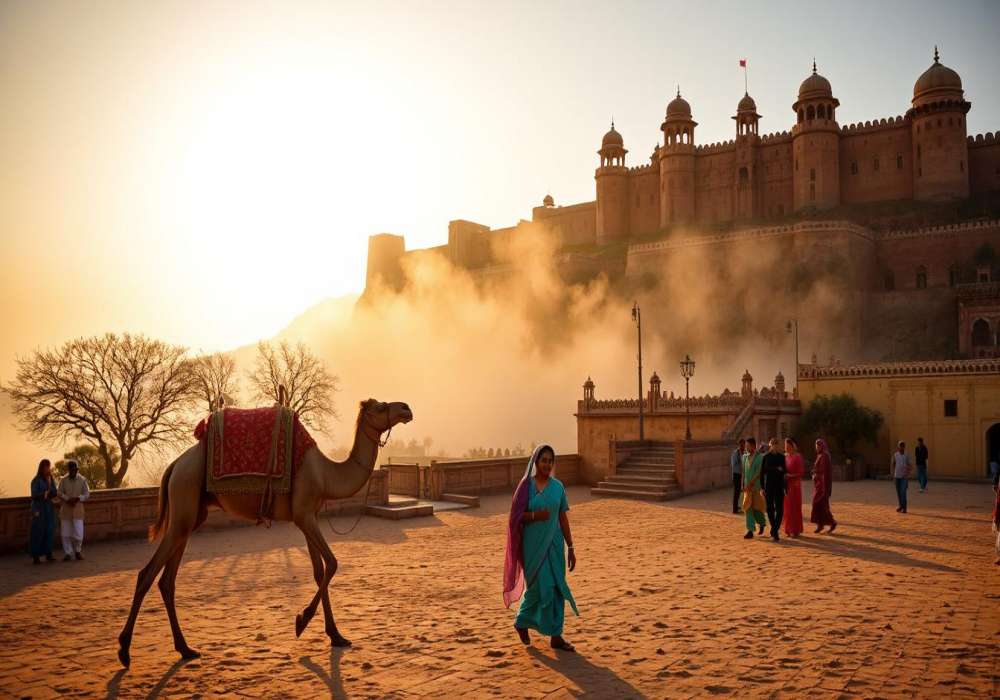
Last Updated At: 05-Aug-2025
23 Famous Places To Visit In Rajasthan In December 2025
While many parts of northern India are covered in mist during this season, what makes Rajasthan winters special are its clear and sunny afternoons. This is the time when cities and towns come alive with cultural festivals, and sweet shops produce delightful treats like ghevar, feeni, and kachori. The quiet, deserted streets of rural areas during the summer transform into vibrant scenes, with men setting up their cots and hookahs in the village squares to soak in the afternoon sun and gather around fires on chilly nights. It's the perfect time to bundle up and explore Rajasthan's sand dunes, forts, and wildlife in ways you wouldn't dare to in the scorching summer heat. Here's a list of places to visit in Rajasthan in December that are most enjoyable when there's a nip in the air.
List Of 23 Best Places To Visit In Rajasthan In December
Rajasthan, known as the "Land of Kings", transforms into a magical realm in December, with its cool desert nights and bustling festivals. If you are looking forward to a happening vacation, plan to visit Rajasthan tourist attractions in winter. Here are some top places to consider
- Amber Fort | Elevate your Spirit atop Royal Battlements.
- Hawa Mahal | Bask in the Pink Glow of Desert Winds.
- City Palace | Where Royal Legacy Meets Architectural Elegance.
- Jal Mahal | A Serene Mirage Amidst Crystal Waters.
- Mehrangarh Fort | Marvel at the Majesty of the Blue City's Crown.
- Umaid Bhawan Palace | Witness Royal Grandeur Amidst Desert Sands.
- City Palace | Reflections of History on Tranquil Waters.
- Lake Pichola | Row Through the Heart of Rajasthan's Venice.
- Saheliyon-ki-Bari | Stroll Amongst Gardens of Royal Maidens.
- Jaisalmer Fort | Golden Tales from the Desert's Heart.
- Sam Sand Dunes | Dive into the Golden Ocean on Camel's Back.
- Pushkar Lake | Find Peace by the Sacred Waters.
- Brahma Temple | Pray at the Abode of Creation.
- Ranthambore National Park | Seek the Stripes Amongst Forest Greens.
- Dilwara Jain Temples |Marble Marvels Whispering Ancient Tales.
- Nakki Lake | Serenity Cradled by the Aravalli Hills.
- Junagarh Fort | Discover a Jewel Amidst the Desert Expanse.
- Taragarh Fort | Step into the Echoes of Time's Whispers.
- Chittorgarh Fort | Relive Valor on the Vast Rajput Terrain.
- Ajmer Sharif Dargah | Seek Blessings in the Spiritual Heartbeat of Rajasthan.
- Kumbhalgarh Fort | The Great Wall of India Awaits.
- Keoladeo National Park | Feathered Fantasies in a Bird's Paradise.
- Chambal Riverfront | A Heritage Project
1. Amber Fort | Elevate your Spirit atop Royal Battlements
You'll be utterly enchanted when you lay eyes on Amer Fort, one of the best historical sites in Rajasthan, majestically perched atop the craggy ridges of the Aravalli range. The Amer Fort, often called the Amber Fort, is an architectural marvel unlike any other. This splendid edifice has captivated countless global wanderers, and for good reason.
With each passing year, its beauty only deepens. The Amer Fort is a breathtaking amalgamation of Rajput and Mughal architectural brilliance – a UNESCO World Heritage Site. Picture a realm of soft sandstone hues punctuated with brilliant white marble, captivating courtyards, lush gardens, delicate arches, winding staircases, ornate floral motifs gracing its walls, and majestic gateways.
Located 11km away from the heart of Jaipur, this expansive and immaculately preserved fortress offers panoramic views of the picturesque Maota Lake. Notably, it is linked to the grand Jaigarh Fort via a series of subterranean passages.
- Timings. 8 am to 7 pm
- Entry Fee. INR 50 | Indians; INR 550 | Foreigners
Read More: Top 15 Historical Places to Visit In Jaipur
2. Hawa Mahal | Bask in the Pink Glow of Desert Winds
It's clear why Hawa Mahal stands as a crowning jewel among Jaipur's many mesmerising sights. One can't help but be filled with wonder and delight at the very sight of Hawa Mahal, with its enchanting storybook allure. Speak to any Jaipur visitor, and they'll surely echo the sentiment of sheer admiration for this palace.
The 'Palace of Winds,' Hawa Mahal, is one of the most visited part of Jaipur sightseeing in December It is an ornate spectacle crafted in terracotta sandstone, adorned with white limewash designs. Its distinguishing features include a stunning honeycomb crest and an astounding 953 lattice windows, or 'jharokhas'. It's almost as if Rapunzel is about to greet you!
Historically, these jharokhas were the vantage points for the royal ladies of Jaipur. From here, they'd discreetly observe the street's bustling festivities or simply indulge in people-watching.
- Timings. 9:30 am to 5:00 pm
- Entry Fee. INR 50 | Indians; INR 200 | Foreigners
Read More: Bikaner Camel Festival In Rajasthan
3. City Palace | Where Royal Legacy Meets Architectural Elegance
Graceful, captivating, and intricately detailed – while many adjectives capture the essence of Jaipur's City Palace, "spellbinding" might just be the perfect fit. Nestled within the historic confines of Jaipur's Pink City, the City Palace is a dazzling testament to luxury, presenting a harmonious fusion of notable Rajput and Mughal architectural styles.
Every nook and cranny of this majestic palace captivates (much like the entirety of Jaipur), with its red and pink sandstone structures, shimmering white marble, age-old artworks, meticulous designs, and vibrant patterns. The palace witnesses a host of cultural festivals in Rajasthan that speak volumes about the rich heritage of the desert state.
The City Palace boasts a majestic seven-tiered citadel, an antiquities museum, expansive courtyards, lavish chambers, pristine gardens, and beguiling arches – each masterfully designed and executed element. Even now, the City Palace remains the residence of Jaipur's current royal lineage, with the Chandra Mahal complex being their exclusive abode. Truly, it's a palace of vibrant royalty.
- Timings. 9:30 am to 5:00 pm
- Entry Fee. INR 200 | Indians; INR 700 | Foreigners
Read More: Famous Food of Rajasthan
4. Jal Mahal | A Serene Mirage Amidst Crystal Waters
Nestled amidst the serene Man Sagar Lake, Jal Mahal, or the Water Palace of Jaipur, appears as though it's effortlessly gliding atop the water. A testament to Rajput's architectural genius, it beautifully captures the engineering brilliance of its era.
Originally crafted as a hunting retreat for Jaipur's Maharajas, it has since evolved into one of the city's foremost tourist destinations. When organising your stay, ensure your Jaipur accommodations provide convenient proximity to this awe-inspiring edifice and the city's myriad other forts and historical landmarks.
- Timings. 6 am to 6 pm
- Entry Fee. No Entry Fee
5. Mehrangarh Fort | Marvel at the Majesty of the Blue City's Crown
Mehrangarh Fort, towering over Jodhpur's blue landscape, stands as an unyielding sentinel atop its near-vertical cliff for over half a millennium. Crafted from red sandstone, it's among India's grandest forts, and its imposing presence often evokes a sense that it's vigilantly observing those below. Such an aura occasionally lends it a mystic and somewhat eerie vibe. Truly, it's the Sun's Citadel, echoing tales of Rajput bravery and the hidden mysteries that its grand walls might conceal. For many travellers journeying to India, exploring Mehrangarh Fort and its museum remains a top priority.
- Timings.
- Entry Fee.
Read More: Famous Food Of Rajasthan
6. Umaid Bhawan Palace | Witness Royal Grandeur Amidst Desert Sands
Umaid Bhawan Palace in Jodhpur is a magnificent blend of opulence and history. Commissioned by Maharaja Umaid Singh in 1929, this golden-yellow sandstone structure is a testament to both colonial and Rajput architectural styles.
Once the world's largest private residence, it now partially serves as a luxury hotel managed by the Taj Group, while a section remains a royal residence. The palace museum showcases the rich history of Rajasthan's Marwar region. Set amidst 26 acres of lush gardens, the palace offers panoramic views of Jodhpur blue city and the imposing Mehrangarh Fort, making it a must-visit for any traveller.
- Timings. 9 am to 5 pm
- Entry Fee. INR 70 | Indians; INR 600 | Foreigners
7. City Palace | Reflections of History on Tranquil Waters
Perched with balconies, turrets, and domes overlooking the lake, the majestic City Palace stands as Rajasthan’s most expansive royal residence, spanning a facade of 244m in length and rising 30.4m in height. Rajasthan weather in December is perfect for enjoying an awe-inspiring light and sound show held in the palace premises in the evening hours.
Initiated in 1599 by Maharana Udai Singh II, the founder of the city, the palace grew over time to encompass an ensemble of structures, including 11 distinct smaller palaces. Various maharanas contributed to its expanse, yet it remarkably maintains a consistent architectural coherence.
- Timings. 9:30 am to 5 pm
- Entry Fee. INR 200 | Indians; INR 700 | Foreigners
8. Lake Pichola | Row Through the Heart of Rajasthan's Venice
Situated at the core of Udaipur, Lake Pichola stands as one of India's grandest artificial freshwater lakes. It encompasses the renowned Gangaur Ghat and is conveniently located near numerous tourist hotspots. It offers an enchanting ambience and invites visitors to revel in its captivating allure. Framed by the Aravalli Mountains, its picturesque surroundings seem like they've leapt from a travelogue. A primary attraction of Udaipur, it beckons travellers from all corners. The lake spans 4 kilometres in length and 3 kilometres in width, covering a watershed of 55 kilometres.
Dotting its shores are numerous ghats, revered temples, and majestic palaces. The iconic City Palace graces its eastern bank, Mohan Mandir adorns the north-eastern corner, and Arsi Vilas nestles on its western edge. Lake Pichola is celebrated for offering Udaipur's most mesmerising sunsets.
- Timings. No Timings
- Entry Fee. No Entry Fee
- Boating Fee. INR 400-600 Adults | INR 200 Children
9. Saheliyon-ki-Bari | Stroll Amongst Gardens of Royal Maidens
Udaipur, a gem in Rajasthan, is renowned for its numerous tourist attractions. Among its landmarks is the Saheliyon-ki-Bari, or the "Garden of the Maidens." This garden, established by Rana Sangram Singh, is adorned with marble elephants, a lotus pond, fountains, and pavilions.
The story goes that a princess brought a retinue of maids as part of her dowry when she moved to Udaipur. Saheliyon-ki-Bari was crafted especially for these maidens. Nestled below the embankment of Fateh Sagar Lake, the garden showcases elegant lotus ponds, marble gazebos, and elephant-themed fountains.
Maharana Sangram Singh created this "Garden of Maids" between 1710 and 1734 for the royal ladies. Legend has it that the king designed the garden as a gift for his queen, offering her and her female companions a dedicated space for leisurely walks and relaxation.
- Timings. 9 am to 7 pm
- Entry Fee. INR 10 | Indians; INR 50 | Foreigners
10. Jaisalmer Fort | Golden Tales from the Desert's Heart
Situated amidst the vast stretches of the Thar desert, or the Great Indian Desert, on Trikuta hill in Rajasthan stands the majestic Jaisalmer Fort. Its radiant golden sandstone facade has led to its moniker, the "Sonar Qila" or Golden Fort.
Encircled by a bustling city, this fort is a mesmerising maze of palaces, homes, markets, and temples. Notably, Jaisalmer Fort is celebrated as one of the rare living forts globally and certainly in India.
- Timings. 9 am to 6 pm
- Entry Fee. INR 100 | Indians; INR 250 | Foreigners
11. Sam Sand Dunes | Dive into the Golden Ocean on Camel's Back
Embarking on a camel safari, soaking in the sunset atop a dune, and desert camping are quintessential experiences for travellers in Jaisalmer, Rajasthan. Sam, a quaint village near Jaisalmer, is renowned for its desert camps set against shimmering golden dunes. Many tourists flock to Sam for an immersive night under the Thar Desert's starry canopy. Others relish just an evening, captivated by the sun's descent over the iconic Sam dunes. Indeed, there's a prevailing sentiment: a Jaisalmer visit without a desert camp night feels incomplete. And there's much truth to that.
- Timings. 12 am to 12 pm
- Entry Fee. No Entry Free
- Safari Fee. INR 20-200 | Indians; INR 500-1500 | Foreigners
12. Pushkar Lake | Find Peace by the Sacred Waters
Situated just 1.5 km from the Pushkar Bus Station, the revered Pushkar Lake, or Pushkar Sarovar, lies in the heart of Pushkar in Rajasthan's Ajmer district. It stands as one of India's holiest lakes and ranks among the top attractions in Pushkar.
Tracing its origins to the 4th Century BC, the lake's transformation into an artificial body began in the 12th century with the construction of a dam on the Luni River. Legend has it that a lotus formed the lake dropped from Lord Brahma's hand. Additionally, Guru Govind Singh is believed to have recited passages from the Guru Granth Sahib on its shores. Over the years, Rajput leaders from Amber, Bundi, Bikaner, and Jaisalmer ardently worked to rejuvenate the lake and adjacent temples. Various monarchs from successive dynasties enhanced their beauty by constructing ghats around it.
Hindu scriptures venerate Pushkar Lake as 'Tirtha Raj,' the foremost among pilgrimage sites associated with water bodies. The lake is encompassed by 52 ghats, with Varaha Ghat, Dadhich Ghat, Saptarishi Ghat, and others distinguished as 'Monuments of National Importance.' Historically safeguarded by Rajasthan's royal lineage, this sacred water body remains an enduring symbol of spiritual significance.
- Timings. No Fixed Timings
- Entry Fee. No Entry Fee
13. Brahma Temple | Pray at the Abode of Creation
Brahma temple in Pushkar is a rare religious site dedicated to the lord of creation, Lord Brahma. It is rare because the temple is amongst the few existing temples of Lord Brahma in India. Known as the Jagatpita Brahma Mandir, this Hindu temple has its address in the Pushkar town of Rajasthan.
Days of construction of this temple date back to the 14th century. However, Indian Mythology believes the origin of this temple took place 2000 years back in history. Located close to the sacred Pushkar Lake, the temple is a highly prominent tourist attraction, with many tourists visiting it, especially on the auspicious occasion of Kartik Poornima.
- Timings. 6:30 am to 8:30 pm | Winters; 6 am to 9 pm | Summers
- Entry Fee. No Entry Fee
14. Ranthambore National Park | Seek the Stripes Amongst Forest Greens
Ranthambore National Park, one of northern India's most expansive reserves, lies just 14 kilometres from Sawai Madhopur and roughly 180 kilometres from Jaipur in southeastern Rajasthan. Recognised as a prime location for observing the majestic Indian Tiger in its natural habitat, Ranthambore captivates wildlife enthusiasts and photographers alike. Spanning approximately 1410.64 sq. km, the Ranthambore Tiger Reserve nestles between the Vindhyas and Aravalis hills.
The park's landscape predominantly features tropical dry deciduous and thorn vegetation, with water sources dotted along narrow valleys and lakes. Notable lakes include Padam Talab, Raj Bagh Talab, and Malik Talab. Regarded as one of the best global locales for spotting wild Indian tigers in their unique dry deciduous surroundings, tigers here are often visible even during daylight. Beyond its rich wildlife, Ranthambore boasts historical significance, with ancient ruins and a fort accentuating its allure. This sanctuary serves as a haven for diverse animal and bird species.
- Timings. 7 am to 10:30 am; 2 pm to 5:30 pm
- Entry Fee. INR 300/Canter | Indians; INR 2700/Canter | Foreigners
15. Dilwara Jain Temples | Marble Marvels Whispering Ancient Tales
The Dilwara Jain Temples are globally renowned for their extraordinary architecture and exquisite marble stone carvings, with some architectural connoisseurs even rating them above the Taj Mahal in terms of sheer craftsmanship. While the temple's exterior may appear rather unassuming, its interior reveals an awe-inspiring display of human artistry at its pinnacle. Erected between the 11th and 13th centuries AD, these temples are nestled amidst the lush green hills, imparting a serene ambience.
The intricate marble stone carvings exhibit unparalleled ornamental craftsmanship, particularly in the meticulously detailed ceilings and pillars. It's remarkable to note that all this was accomplished when no transportation or roads existed, with massive marble blocks transported on elephant backs from the Arasoori Hills at Ambaji to this remote, elevated region of Mount Abu. The Dilwara Temples also hold significant religious importance as a revered Jain pilgrimage site.
- Timings. 12 noon to 5 pm
- Entry Fee. No Entry Fee
16. Nakki Lake | Serenity Cradled by the Aravalli Hills
Nestled amid the lush Aravali hills, you'll discover the captivating Nakki Lake, a picturesque gem framed by mountains, verdant gardens, and intriguing rock formations. The monsoon season unveils its full splendour, offering an enchanting backdrop to share with your loved ones. Remarkably, it stands as India's sole man-made lake perched at an elevation of 1200 meters above sea level.
According to legend, this lake was created by deities employing nails or "nakhs," named Nakki Lake. Embark on a leisurely boat ride across its serene waters, and return with cherished memories that will endure a lifetime.
- Timings. No Fixed Timings
- Entry Fee. No Entry Fee
- Boating Fee. INR 30-50
17. Junagarh Fort | Discover a Jewel Amidst the Desert Expanse
The Junagarh Fort, situated in the heart of the city, stands as a colossal fortress and ranks among the premier attractions in Bikaner. In earlier times, it bore the name Chintamani, but in the 20th century, it was rechristened as the Junagarh Fort. This fort served as the epicentre around which the new city was constructed, positioned about 1.5 km from the city centre. Encompassing an extensive area spanning 5.28 hectares, the fort is home to an array of temples, pavilions, and palaces.
Within its formidable walls, notable temples like the Ratan Behari and Har Mandir Temple grace the landscape. You can also explore the grand palaces within, including the Karan Mahal, Anup Mahal, Ganga Mahal, Phool Mahal, Badal Mahal, and Chandra Mahal. Beyond the fort's boundaries, several Bikaneri Havelis are scattered, offering their unique charm. Don't miss the renowned Junagarh Fort Museum, an essential stop to delve into the city's rich history.
- Timings. 10 am to 4:30 pm
- Entry Fee. INR 50 | Indians; INR 300 | Foreigners
18. Taragarh Fort | Step into the Echoes of Time's Whispers
Renowned for its majestic allure and remarkable architectural prowess, the colossal Taragarh Fort in Ajmer stands proudly at an elevation of approximately 1300 feet above sea level. Perched upon a steep hillside, this fortress presents an awe-inspiring panoramic vista of the city below. This sprawling stronghold boasts three magnificent gateways: Phuta Darwaza, Lakshmi Pol, and Gagudi Ki Phatak. The intricate carvings adorning the fort exemplify the pinnacle of artistic expression. However, what remains today are mere vestiges of its once-imposing architecture.
Within the fort, a labyrinthine network of tunnels crisscrosses its interior. In ancient times, these passages served as clandestine escape routes during enemy incursions. Notably, the fort also harbours a revered shrine known as Miran Saheb ki Dargah. It pays tribute to Miran Saheb, the valiant garrison commander or qiladar of Taragarh Fort, remembered for his unwavering dedication to its defence against adversaries.
- Timings. 8 am to 7 pm
- Entry Fee. INR 25
19. Chittorgarh Fort | Relive Valor on the Vast Rajput Terrain
Credited as India's most extensive fort, the Chittorgarh Fort graces a hill with an elevation of 580 meters, covering a sprawling expanse of 700 acres. Historically, it boasted an impressive 84 water bodies, of which 22 endure today, with a collective capacity to store a staggering one billion gallons of water, sufficient to quench the thirst of an army of 50,000 for 3-4 years. In 2013, the World Heritage Committee bestowed the esteemed UNESCO World Heritage Site title upon Chittorgarh Fort.
The fort's hallowed corridors resonate with the enduring legacy of bravery, pride, and passion. Bards sing tales of valour that unfolded within its formidable walls during three fierce battles. This iconic fort stands resplendent, a magnet for tourists year-round. One of the must-see places in Rajasthan in December, in an unprecedented move, it will remain illuminated throughout the year, offering a truly captivating sight.
- Timings. 9 am to 5 pm
- Entry Fee. INR 10 | Indians; INR 50 | Foreigners
- Light & Sound Show. 7 pm to 8 pm
20. Ajmer Sharif Dargah | Seek Blessings in the Spiritual Heartbeat of Rajasthan
The Ajmer Sharif Dargah is a revered Sufi shrine in the heart of Ajmer, Rajasthan, India. This sanctified site houses the tomb of Khwaja Moinuddin Chishti, a prominent Sufi saint who played a pivotal role in spreading Sufism in the Indian subcontinent during the 12th century. Pilgrims from various faiths flock to this spiritual haven, seeking blessings and divine grace. The Dargah's stunning white marble architecture and the melodious strains of qawwali music create an atmosphere of profound spirituality. The annual Urs festival, commemorating Khwaja Moinuddin Chishti's death anniversary, is a grand event, drawing devotees from far and wide to pay their respects.
- Timings. 4 am to 10 pm | Summers; 5 am to 9 pm | Winters
- Entry Fee. No Entry Fee
21. Kumbhalgarh Fort | The Great Wall of India Awaits
Kumbhalgarh Fort, a UNESCO World Heritage Site, is Rajasthan's cherished jewel. It is one of the five hill forts in Rajasthan accorded this prestigious status in 2013. With the distinction of possessing the second-longest wall globally, surpassed only by the Great Wall of China, Kumbhalgarh Fort consistently astounds observers with its architectural brilliance and captivating splendour. Nestled amidst the foothills of the Aravalli ranges and embraced by 13 hill peaks, the fort is perched at an altitude of 1914 meters, offering a truly mesmerising vista from its lofty heights.
- Timings. 9 am to 6 pm
- Entry Fee. INR 10 | Indians; INR 100 | Foreigners
22. Keoladeo National Park | Feathered Fantasies in a Bird's Paradise
Keoladeo Ghana National Park, a paradise for birdwatchers, is a renowned bird sanctuary in Bharatpur, Rajasthan. Approximately 184 km from Jaipur, Bharatpur District is distinguished for this significant winter refuge for migratory birds. Also known as Bharatpur Bird Sanctuary, this sanctuary is nestled just 2 kilometres southeast of Bharatpur city, making it a prime attraction.
Established around 250 years ago by Maharaja Suraj Mal, it initially served as the private duck shooting reserve for the Maharajas of Bharatpur. On March 13, 1956, it was transformed into a bird sanctuary named Bharatpur Bird Sanctuary. Subsequently, on March 10, 1982, it was designated as a national park and rechristened Keoladeo Ghana National Park. In 1985, UNESCO recognised it as a World Heritage Site. The park is currently home to a diverse range of wildlife, including 5 amphibian species, 7 turtle species, and 50 fish species. However, its claim to fame lies in its avian residents, boasting 375 bird species, including Pelicans, Cranes, Herons, Spoonbills, and more.
- Timings. 6:30 am to 4:30 pm
- Entry Fee. INR 150/Hour
23. Chambal Riverfront | A Heritage Project
The Chambal Riverfront, a Heritage project in Kota, has been meticulously crafted for Rs 1200 crores, spanning a picturesque 6-kilometre stretch on both banks of the Chambal River. This pioneering endeavour marks India's maiden Heritage riverfront development. It showcases 26 ghats, each uniquely designed and themed.
Apart from enhancing the aesthetics, the Chambal Riverfront also serves practical purposes. It offers flood protection to the settlements bordering the Chambal River and effectively mitigates the impact of 14 drainage channels that previously emptied into the river.
Furthermore, the World Heritage Ghat on the Chambal Riverfront is adorned with replicas of nine iconic global structures and architectures. Much like the Seven Wonders Park alongside Kishore Sagar Pond, which features the wonders of India and the world, this riverside attraction showcases masterpieces from nine renowned international landmarks, adding to its cultural richness.
- Timings. 10 am to 10 pm
- Entry Fee. No Entry Fee
Read More: Famous Food of Rajasthan
When planning a December trip to Rajasthan, choose Adotrip as your trusted travel partner for an unforgettable experience. We offer curated itineraries, expert Rajasthan travel tips for December, and seamless bookings, ensuring you make the most of your Rajasthan journey. Discover the splendour of Rajasthan's palaces, forts, and cultural treasures with our well-planned tours. Benefit from our local insights and exclusive deals to create cherished memories in the royal land of Rajasthan.
With us, nothing is far!
Frequently Asked Questions About Places To Visit In Rajasthan In December
Q1. Which cities in Rajasthan are ideal to visit in December for pleasant weather?
A1. Cities in Rajasthan ideal to visit in December for pleasant weather include Jaipur, Udaipur, Jodhpur, and Pushkar. These cities offer comfortable temperatures and are great for exploring Rajasthan's cultural and historical attractions.
Q2. What are the must-visit historical and cultural attractions in Rajasthan during December?
A2. Must-visit historical and cultural attractions in Rajasthan during December include the Amer Fort and City Palace in Jaipur, Mehrangarh Fort in Jodhpur, City Palace and Lake Pichola in Udaipur, and the Brahma Temple and Pushkar Lake in Pushkar.
Q3. Are there any desert experiences available in Rajasthan during the winter season?
A3. Yes, Rajasthan offers various desert experiences during the winter season. You can enjoy camel safaris in the Thar Desert, dune bashing in Jaisalmer, or stay in desert camps for a night under the stars.
Q4. How can I make the most of the Rajasthan Wildlife Sanctuaries in December?
A4. To make the most of Rajasthan's wildlife sanctuaries in December, consider visiting Ranthambhore National Park, Sariska Tiger Reserve, and Keoladeo National Park. Take wildlife safaris and bird-watching tours to spot diverse flora and fauna.
Q5. What are the traditional festivals or fairs celebrated in Rajasthan in December?
A5. In December, Rajasthan celebrates the Pushkar Camel Fair, a traditional festival where camel races, cultural performances, and competitions can be witnessed. The Kumbhalgarh Festival and the Rajasthan International Folk Festival in Jodhpur are also cultural events worth attending.
--- Published By Adotrip
Latest Blogs
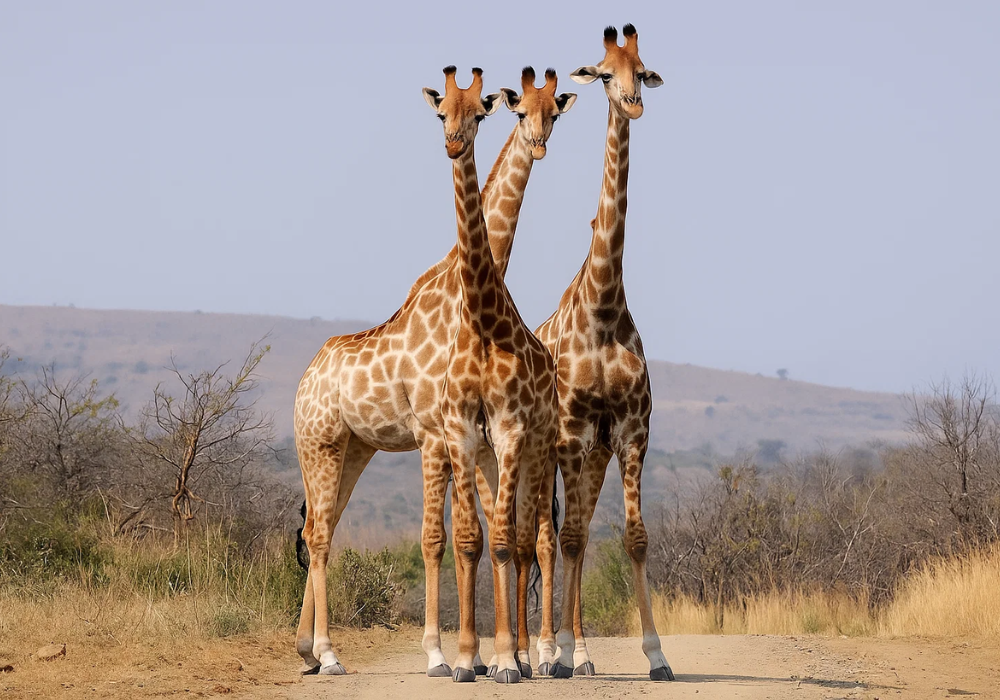
Cash in the Wild: My Safari Adventure Across Kenya with Only...
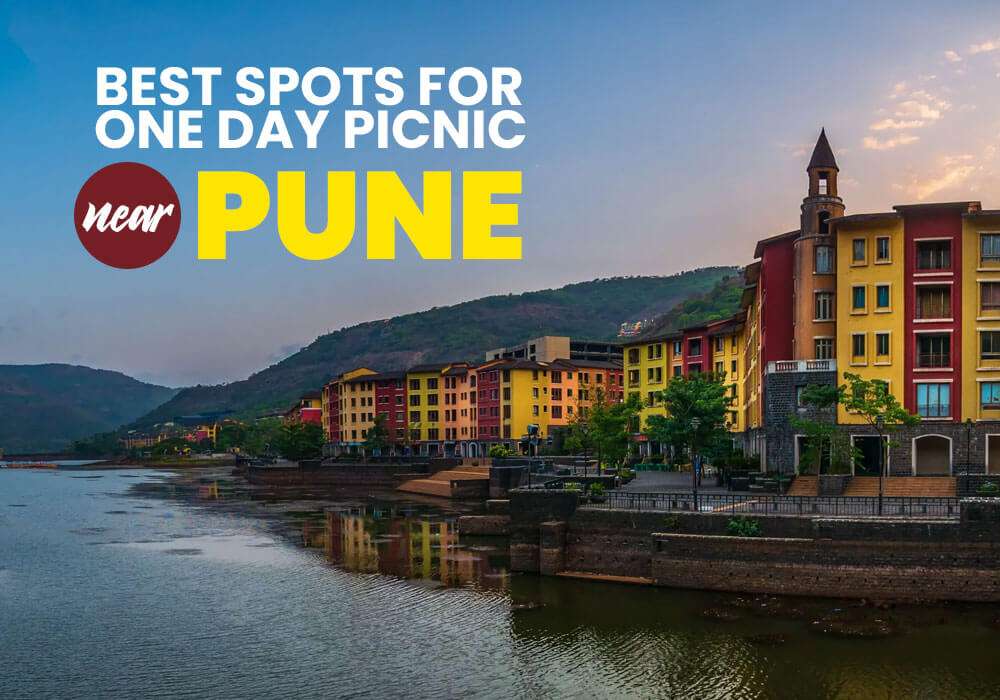
One Day Picnic Spot Near Pune - Adventure, Trekking and Natu...
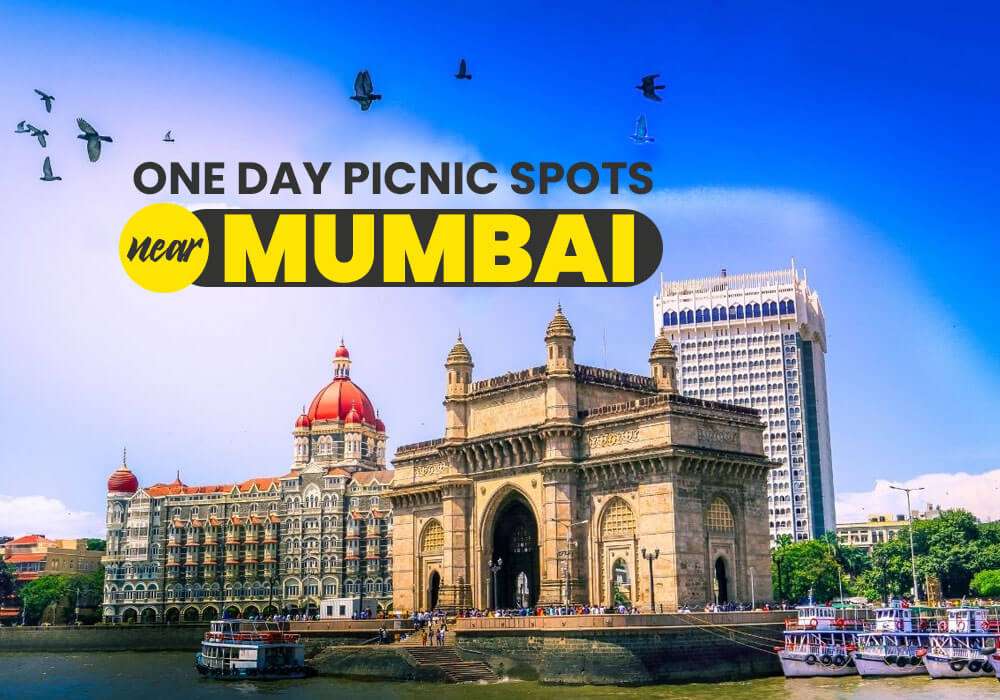
One Day Picnic Spots Near Mumbai - Monsoon, Adventure, Beach...
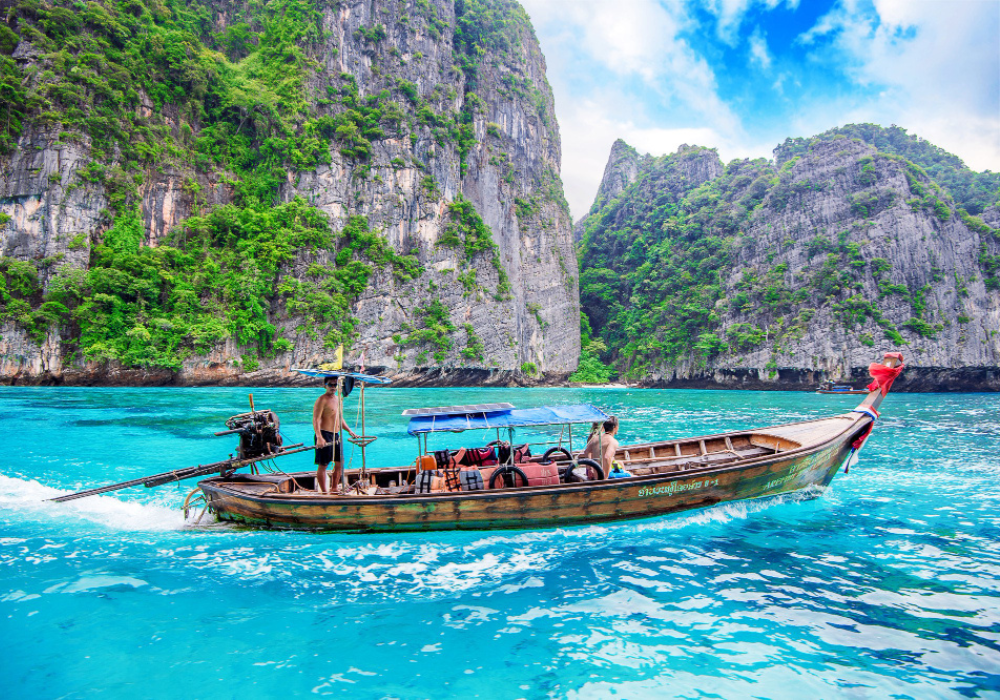
The Best Places to Go in Thailand in 2025
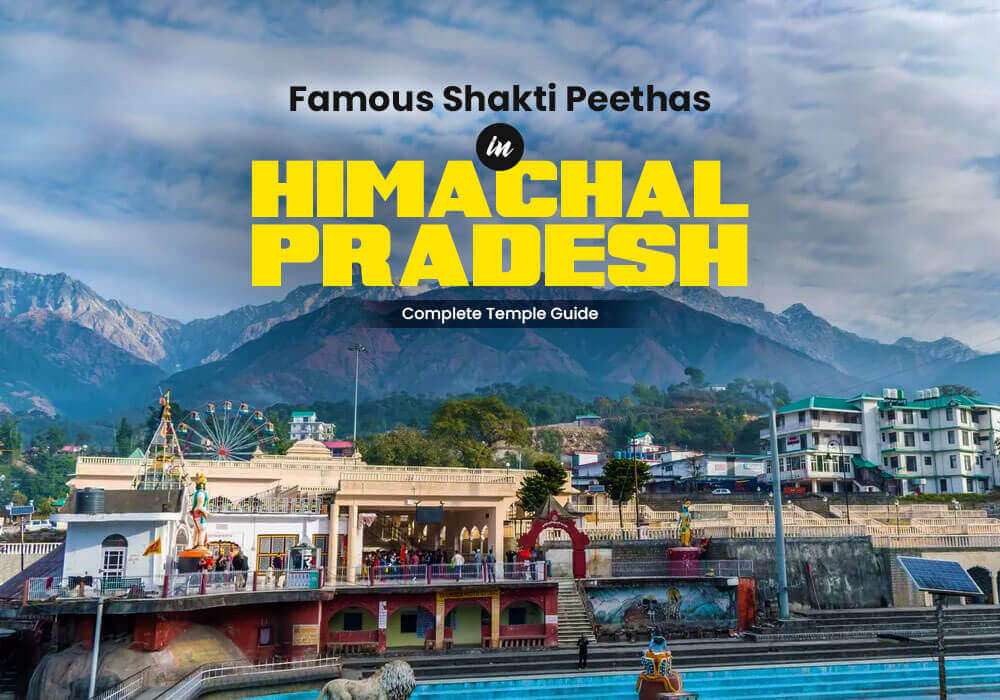

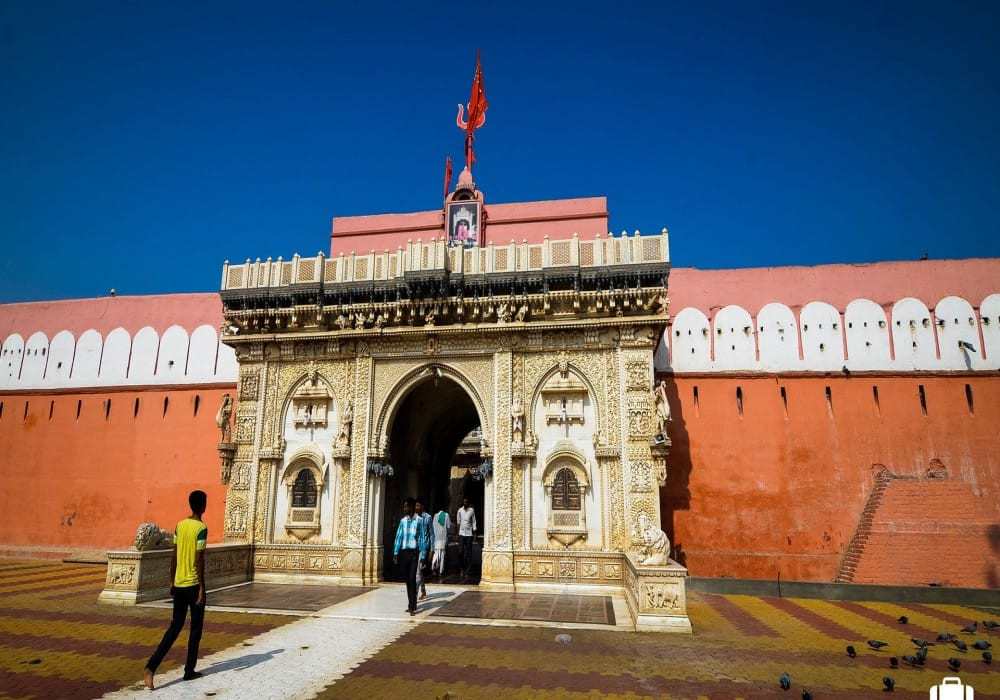
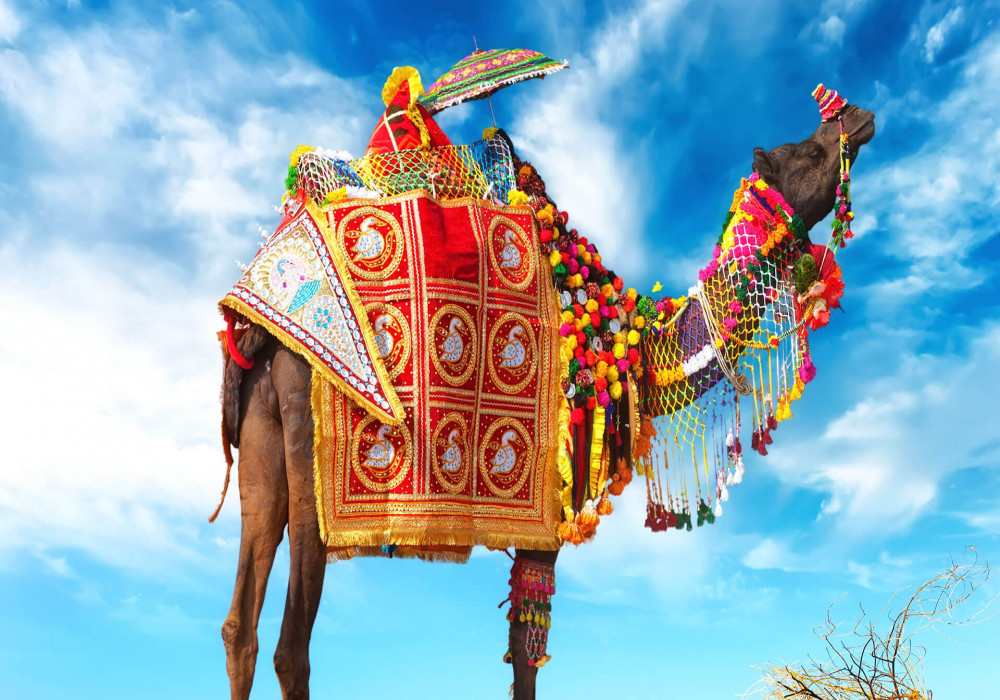
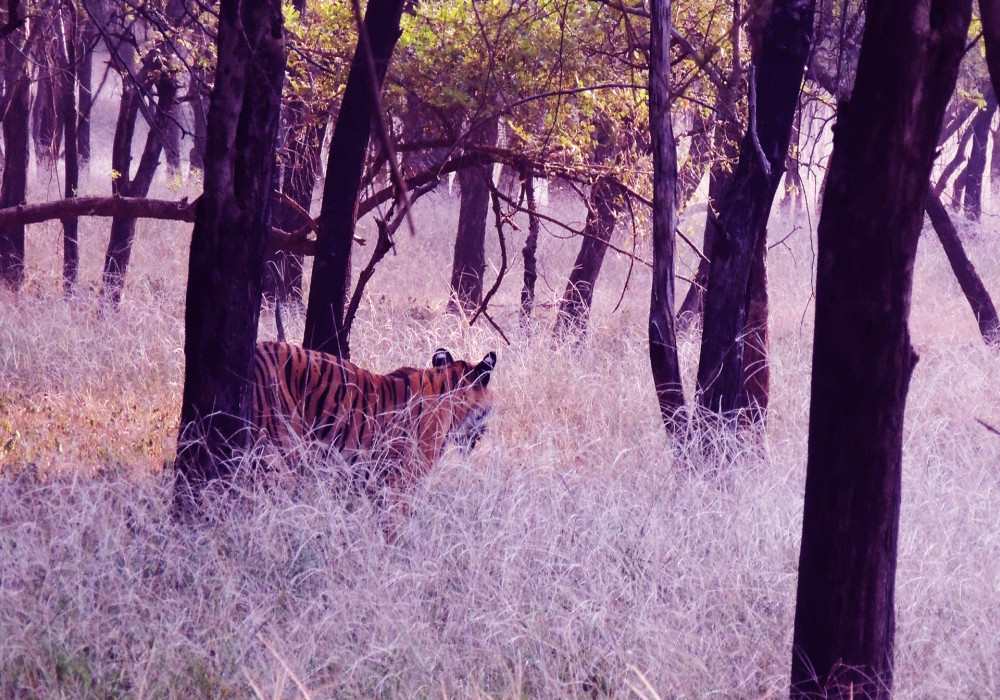
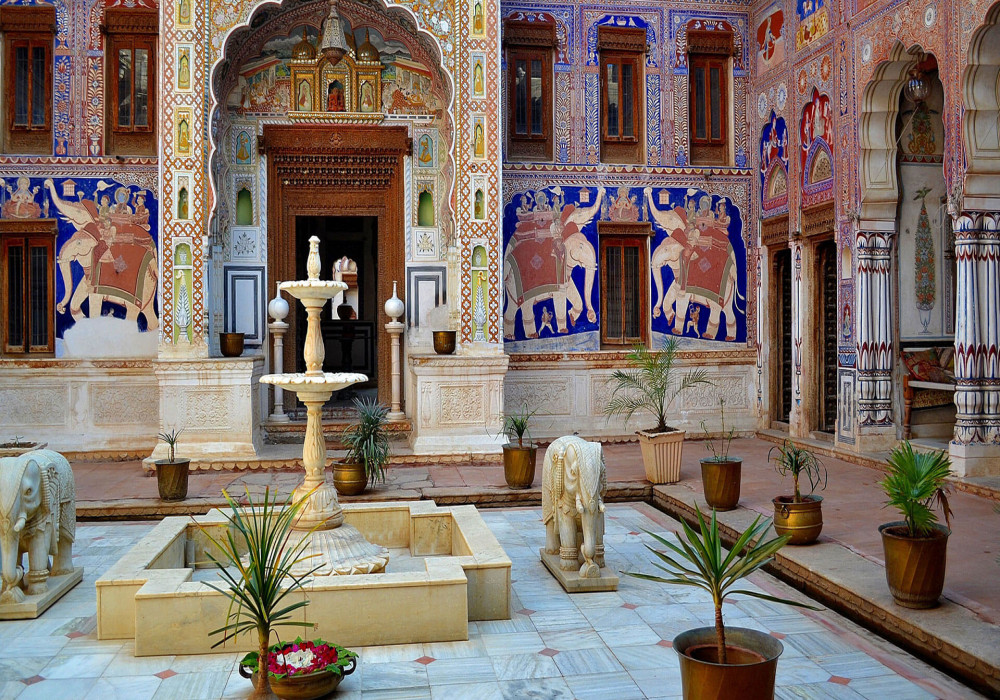

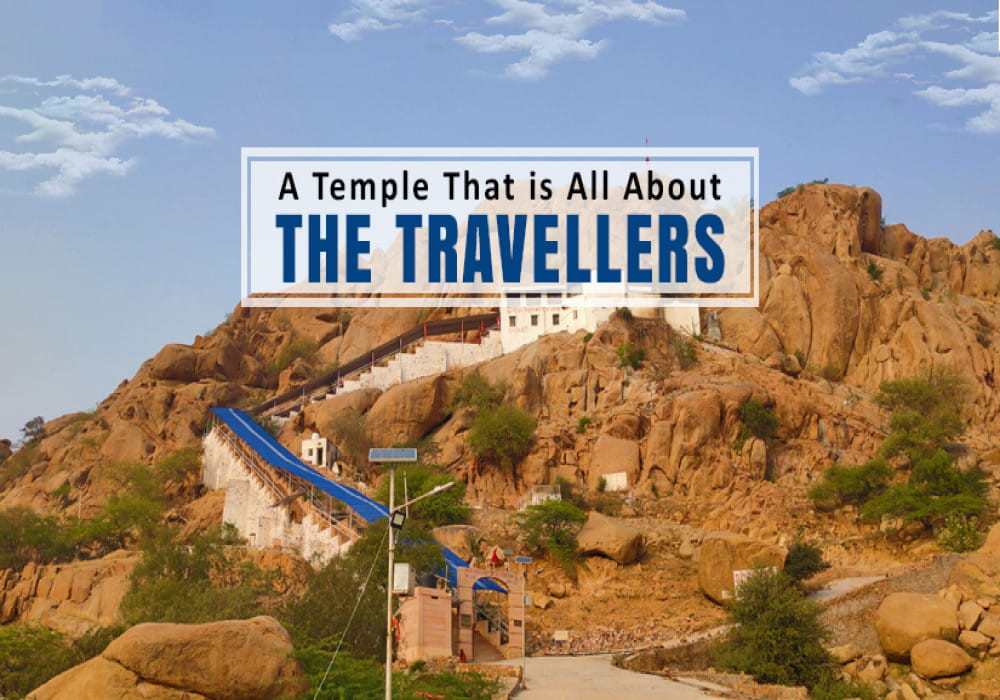

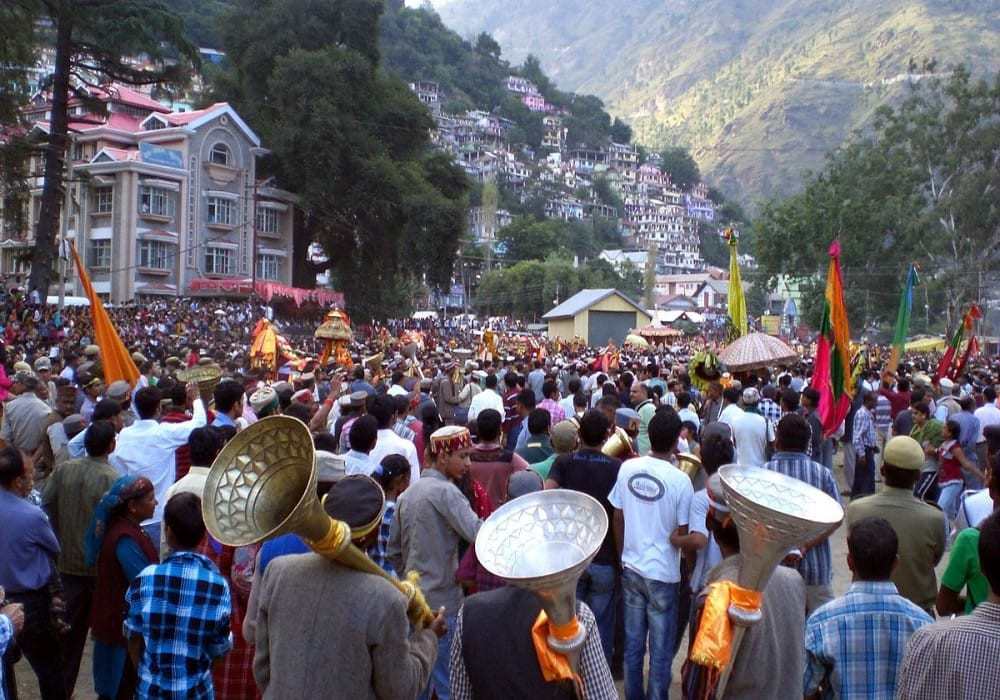


.jpg)
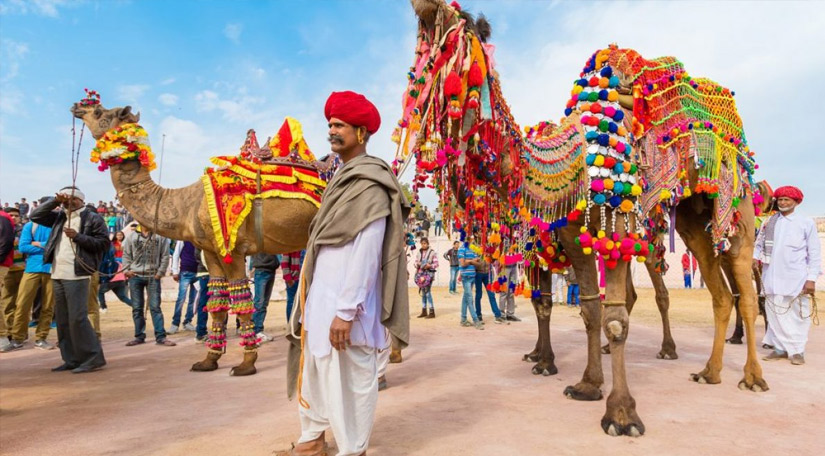
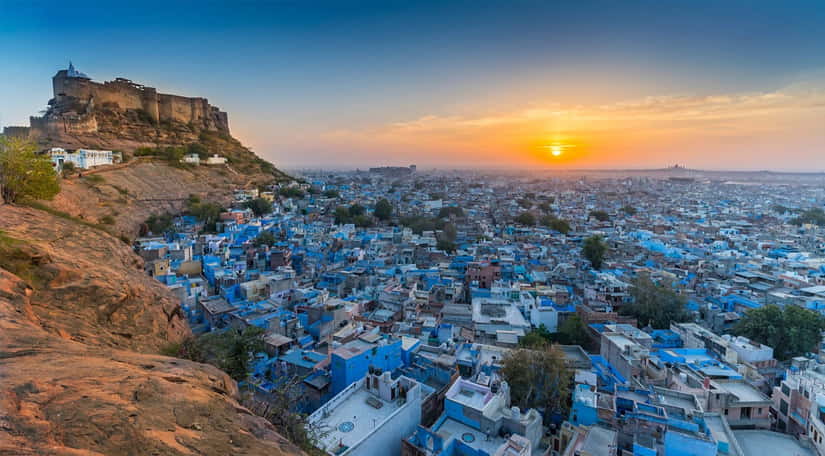
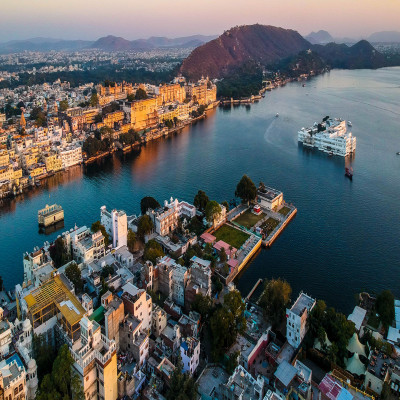
 Dubai
Dubai Malaysia
Malaysia USA
USA





